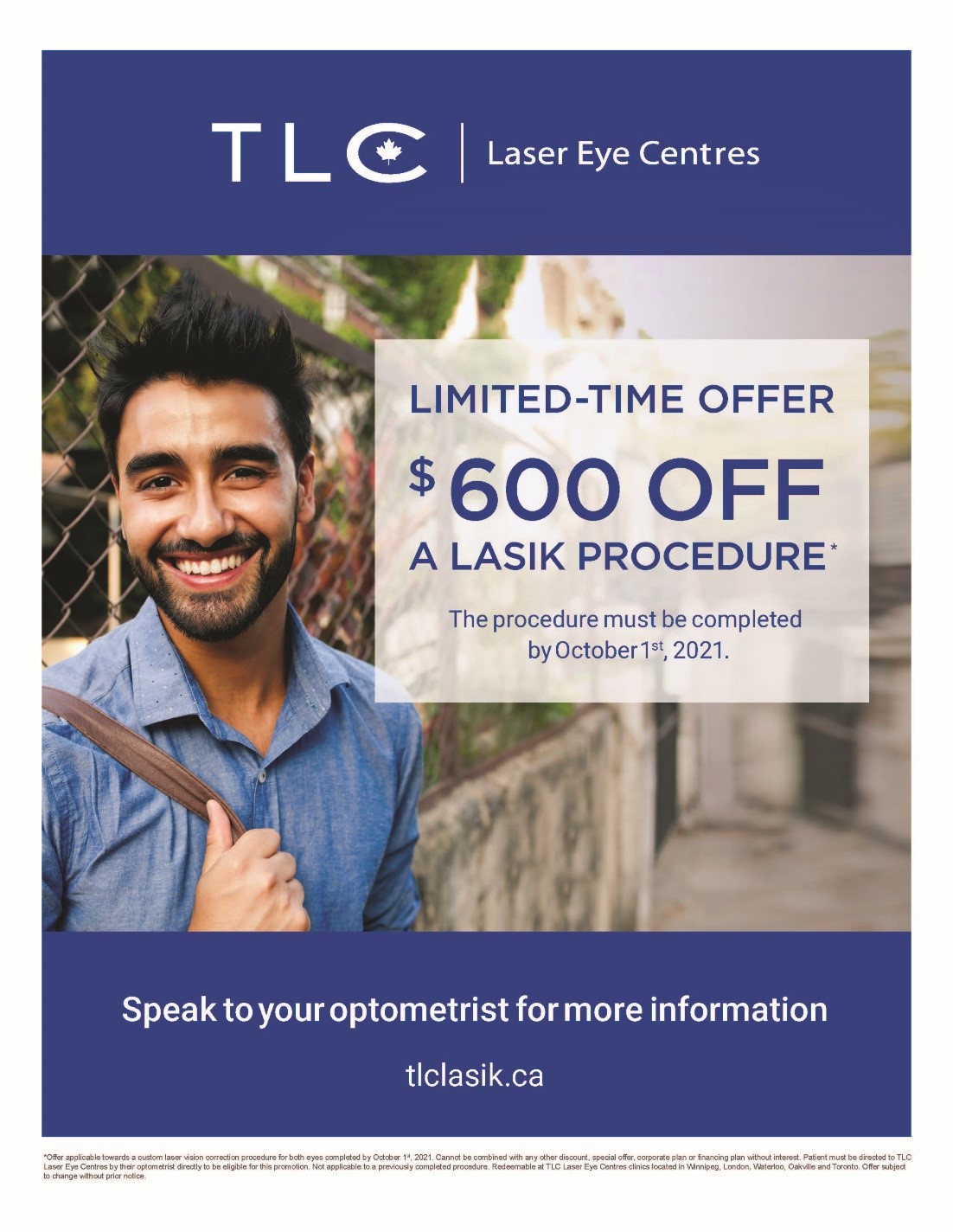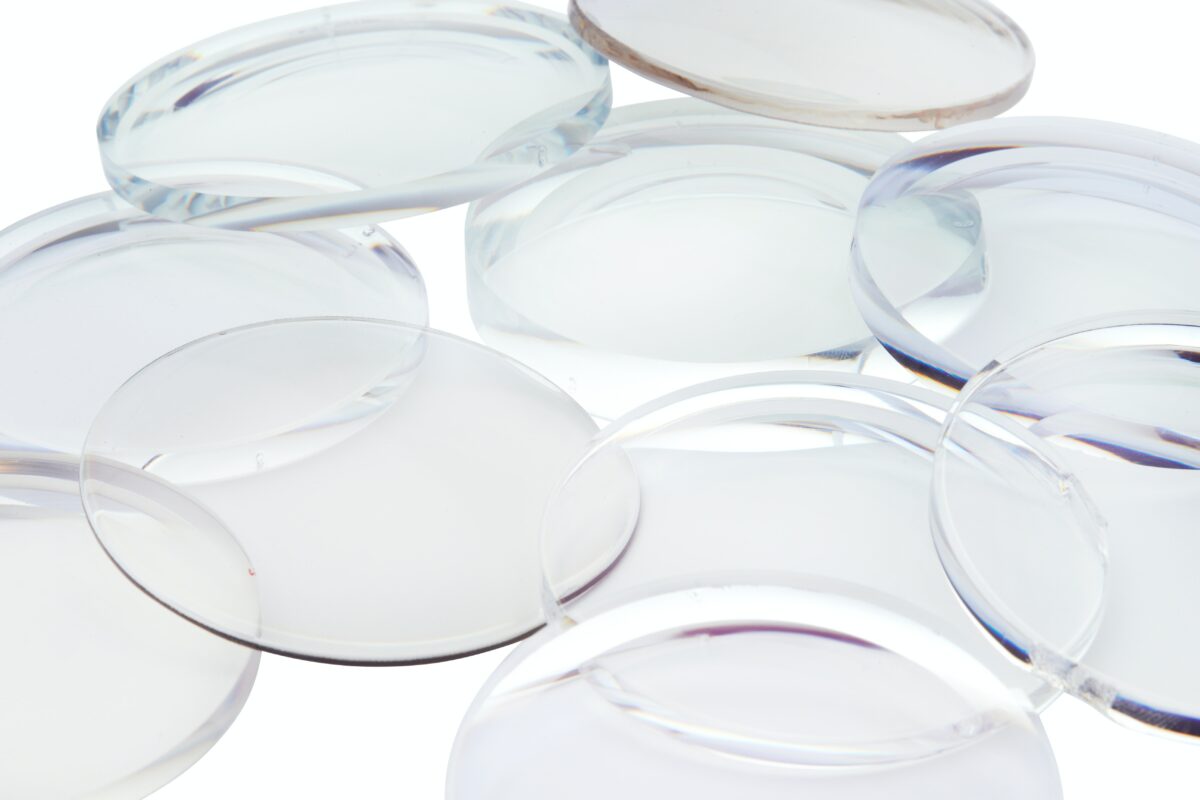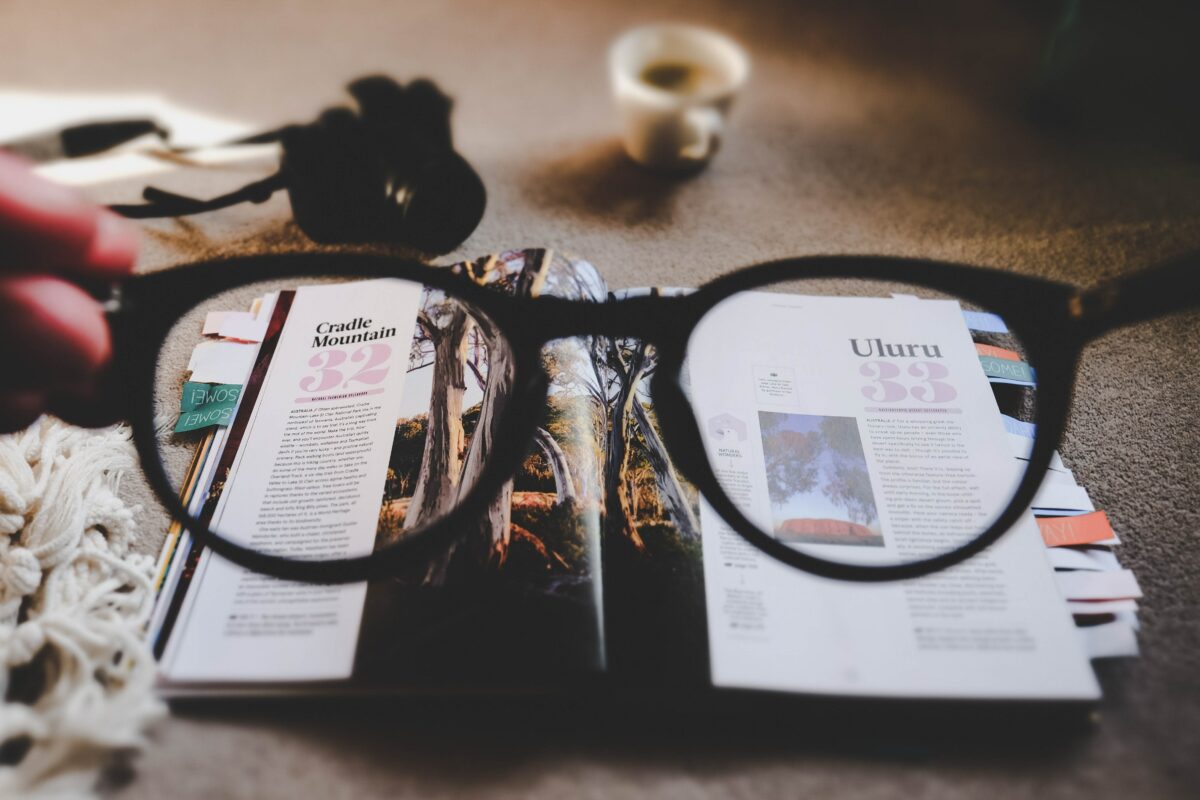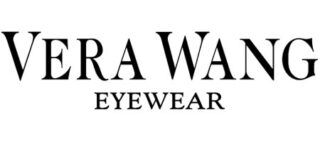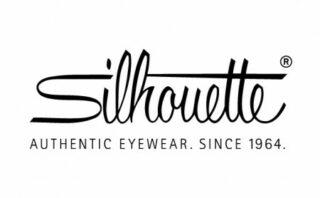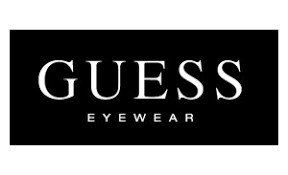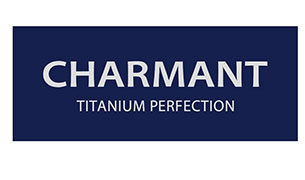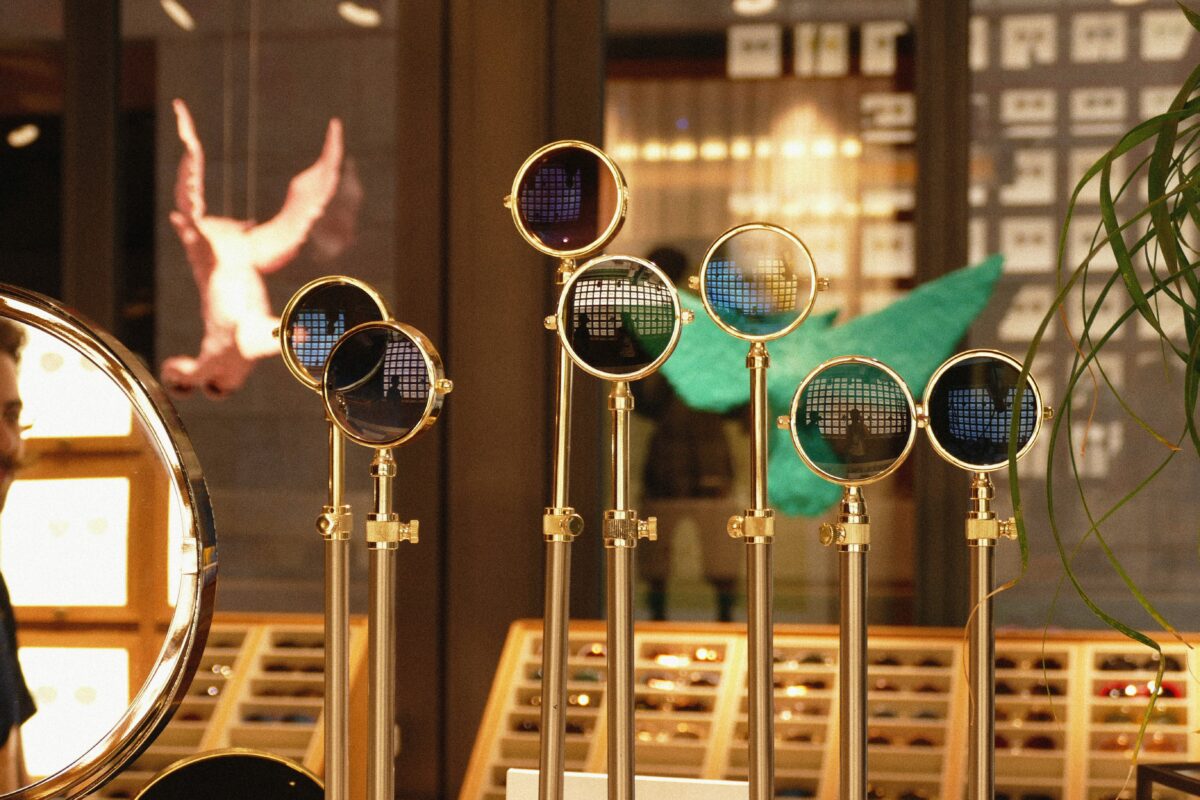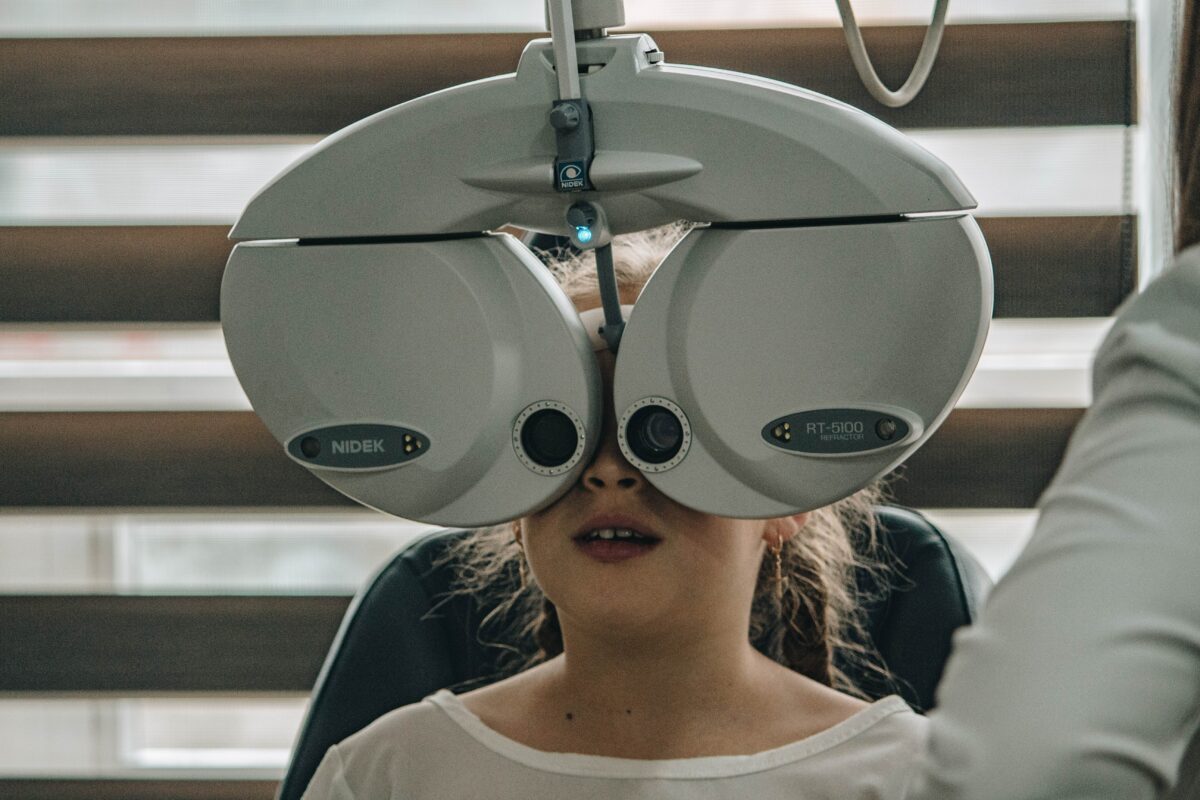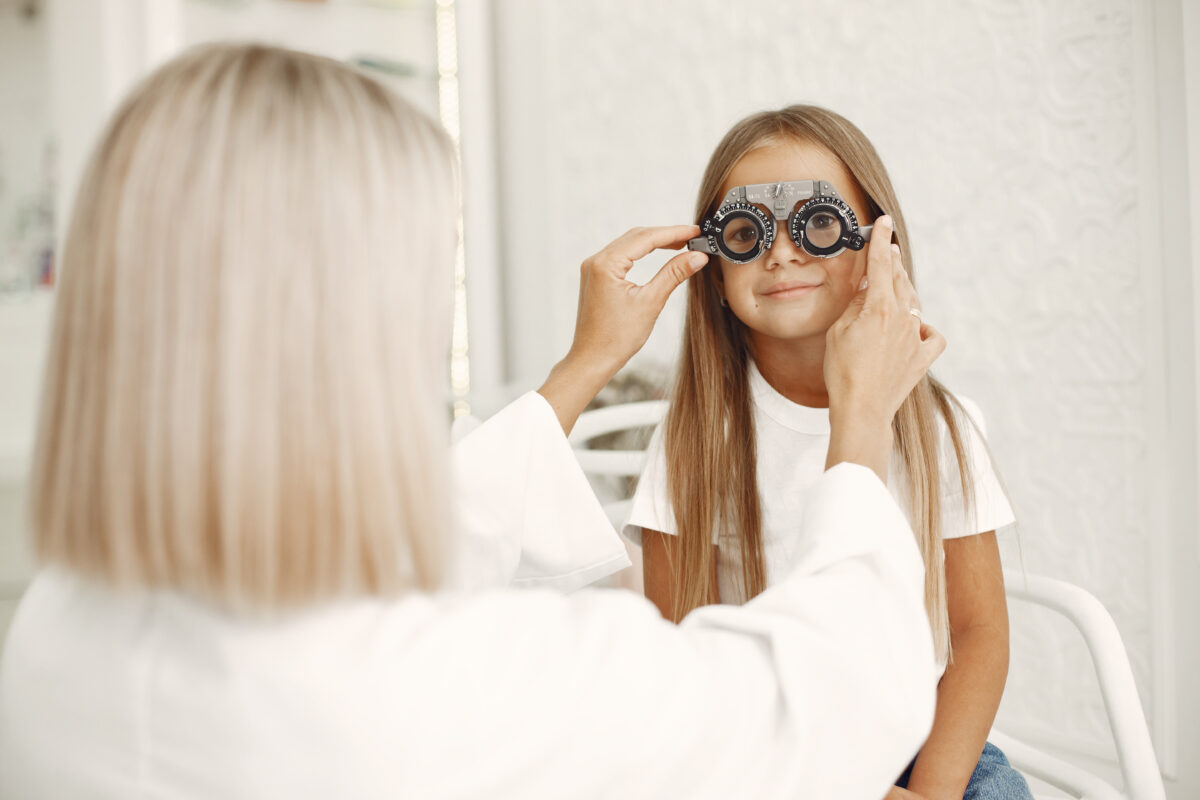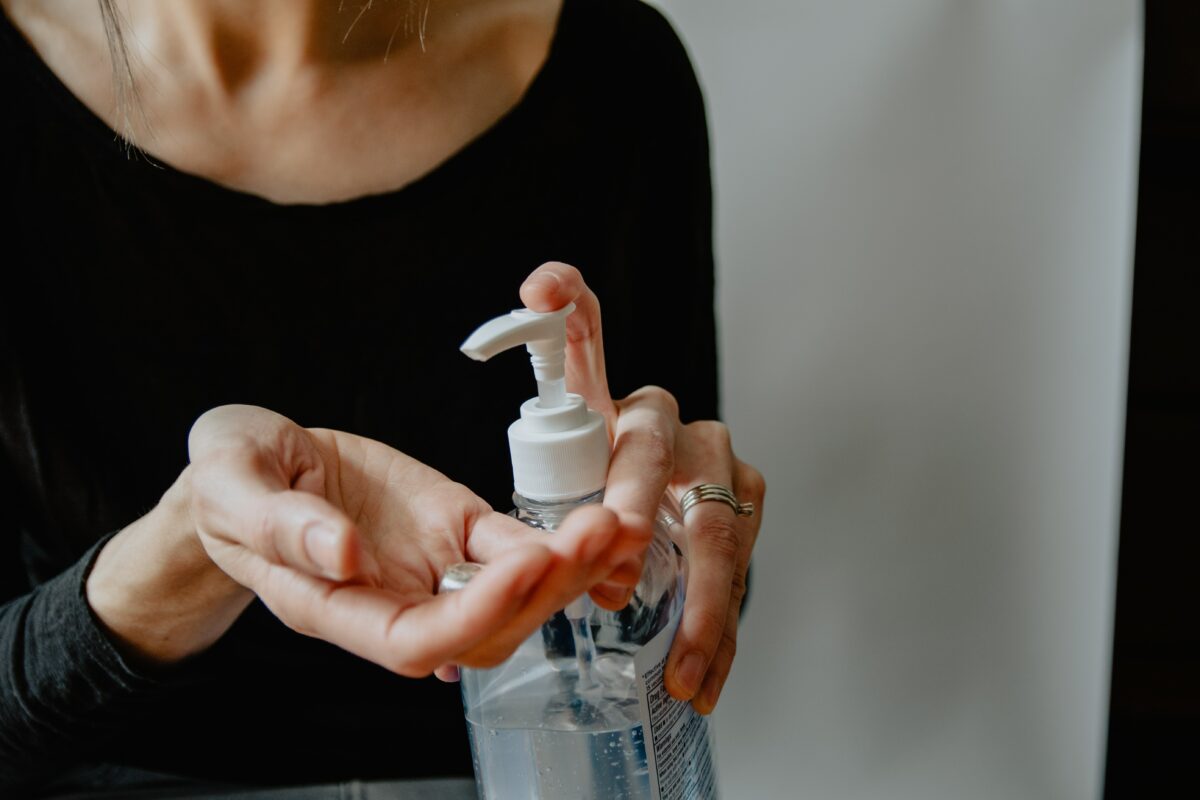If you are looking into wearing contact lenses or need to have your prescription updated, you need to undergo a contact lens exam. By doing this exam, your optometrist will be able to determine which type of contact lenses would be best for your lifestyle and needs. Contact lens measurements are also done during this exam. It is important for you to have lenses that fit you properly.
Contact Lens Exam
A contact lens exam is a different eye exam taken by individuals who are seeking to get contact lenses. This includes tests that would be able to determine if you are fit to wear contact lenses and measurements of your eye surface to see contact lens options for your prescription.
It is important to undergo a contact lens exam as this will accurately tell you what type of contact lenses are best for you. Contact lenses will sit directly on your cornea. If your contact lenses don’t fit properly, you may put yourself at risk for infection.
If you have recently completed a comprehensive eye exam, you might be wondering if that is enough for your doctor to determine the right contact lenses for you. Unfortunately, you need to have a separate contact lens exam for that.
Comprehensive eye examinations may be able to test your visual acuity and need for corrective eyeglasses, overall ocular health, and any symptoms of eye diseases, but these are not enough to determine your contact lens prescription.
Let us walk you through the tests done in a contact lens exam:
This will help your doctor assess the size and curvature of your cornea. This will determine the appropriate size and base curve for your contact lenses as well as if you have astigmatism or irregular corneal shape. If so, a special lens called a toric lens may be recommended.
This test is done to determine the correct contact lens size by measuring the size of your pupil or iris. The measurement is done by holding a ruler or card with different pupil sizes close to your eyes to find the closest match.
This test determines if you have the ability to wear contact lenses. A tear film evaluation may also be done to ensure that you have enough tears to wear contacts comfortably. If you have dry eyes you may not be able to wear contact lenses as your eyes will be irritated and itchy making it difficult to wear contact lenses. Dry eyes can be a factor for you not to wear contact lenses, as your eyes will be irritated and itchy which makes it difficult for you to wear contacts. During this test, Dr. Tan will ask you to close your eyes while a special strip of paper is placed under your lower eyelid. The doctor will assess the amount of tears you are able to produce while doing that. Your doctor will assess you on how much tears you were able to produce for the period of time.
You may also be asked about your lifestyle and preferences for your contact lenses. this can go from eye color, lenses, disposable contact lenses, and more.
It is recommended to have the same optometrist to do your comprehensive eye examinations and contact lenses exam. Having the same optometrist for both exams ensures accuracy as they already have your history and eye exams on file. This would be more cost-efficient for you as well as tests that are required by your optometrist for your lenses might have already been done by your optometrist who executed your comprehensive eye exam.
Contact Lens Fitting
After the series of tests, your doctor will let you put on trial lenses to assess comfortability and fit. You will be required to wear these for a few minutes to let the tearing of your eye stop and the lenses stabilize in your eyes. You may be asked to try several lenses to find the most appropriate lens for you. If the lenses have been determined to be a good fit, a final order for the appropriate lens will be made.
Follow-up
Your doctor may ask you to come back for a follow-up appointment to check if your contact lenses are fitting properly and are not causing any discomfort or damage to your eye surface. An eye drops with fluorescein dye may be used to evaluate if there is any damage caused by the lenses.
If you are experiencing dryness or discomfort, visit your eye doctor as soon as possible.
Book an appointment with Dr. Wylie Tan at (905) 563-5333 or email at info@youreyesareworthit.ca to get a contact lens exam and fitting.

